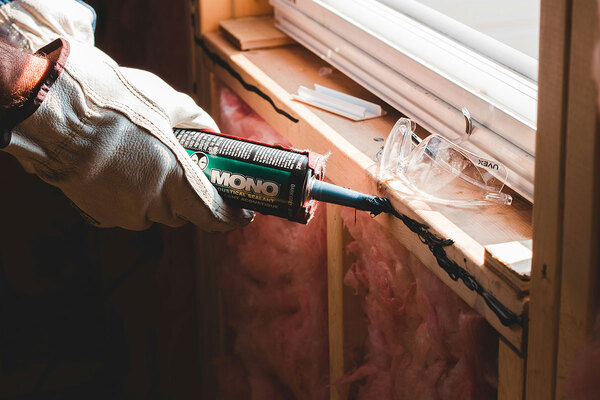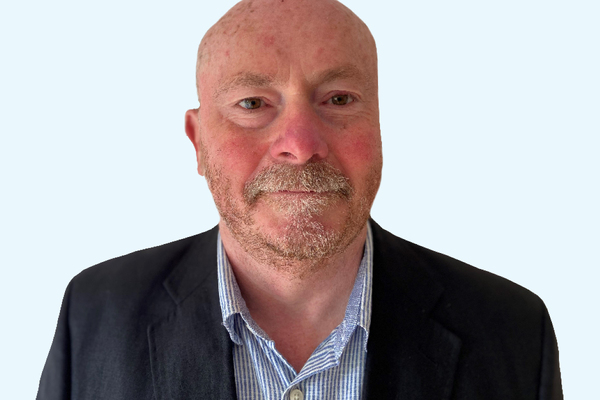Protecting lone workers
Housing associations need to ensure their lone workers have adequate protections in place, says Elaine Wood of Alertcom
Article written by:

The housing sector employs an estimated 462,000 staff in roles which involve a degree of lone working. Every day these workers encounter the risk of physical attack, verbal abuse and medical emergencies. In February 2016 the Sentencing Council issued new guidelines, increasing potential fines to £4m for health and safety breaches and £50m for corporate manslaughter charges, so there has never been a more appropriate time to review lone worker safety.
The sector utilises a range of safeguards to proactively reduce these risks, such as training programmes, information sharing and techniques like ‘red flagging’ high-risk addresses. While these measures are useful, safeguards should be put in place to enable staff to summon assistance when incidents take place.
For the team involved in the selection and implementation of these safeguards, the task can be daunting due to the myriad solutions available, which range from telephone-based systems, mobile applications and an array of dedicated devices.
It is widely accepted that for reactive safeguards to be effective, an emergency response to activations should be available.
Once it is established that an emergency response is required, the potential list of providers should be filtered to those organisations accredited to British Standard BS8484, as only these providers can initiate an emergency response in the event of a genuine activation. There are only around 20 providers accredited to all or part of the standard, so there is still awareness to be raised around this subject.
As part of their lone working evaluation process, housing associations should consider:
- Device type and wearability - staff will use the device every day, so must be comfortable wearing it
- Network coverage - while mobile phones use a single network, dedicated devices can use multiple networks to increase coverage
- Usage reporting - with hundreds or even thousands of devices deployed, how can you ensure they are being used effectively?
- Information security - to deal with events effectively the provider will store and process a large amount of your staff’s personal data, which must be secure
AVR Group was established in 1975 and is a specialist provider of electronic security solutions for high-risk individuals. We provide tools to assist lone workers through our Alertcom range of solutions, connected by Vodafone’s Internet of Things. Alertcom is an all-encompassing solution inclusive of device and SIM connectivity, automated usage reporting and notifications, 24-hour support and dedicated account management.
Lone workers are provided with GPS-enabled devices and when incidents occur they trigger the SOS button. Appointment timers provide assurance that visits have been concluded safely and ‘person down’ functionality detects trips and falls. The incident management centre is on hand 24 hours a day to initiate a response to any alerts.
Following a comprehensive tendering exercise by Procurement for Housing (PfH) in 2014, we were awarded first-ranked supplier on its lone worker protection framework, providing members with easy access to the service without the expense of direct tendering.
By implementing Alertcom, PfH members have reduced costs and enhanced protection, playing a crucial role in helping them meet the challenges of implementing best practice in lone worker protection, as shown by our case studies.
Elaine Wood, head of customer services, Alertcom







